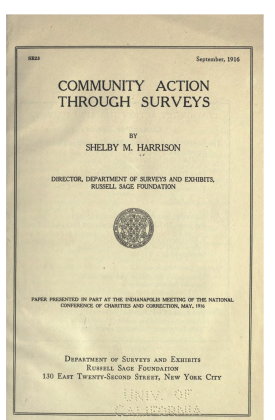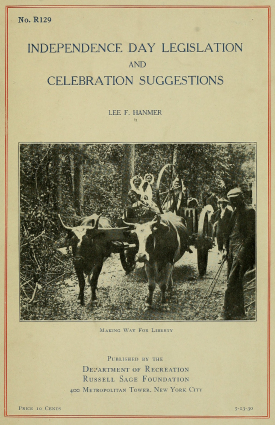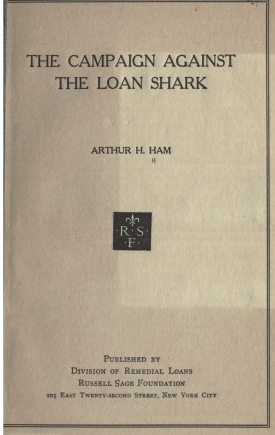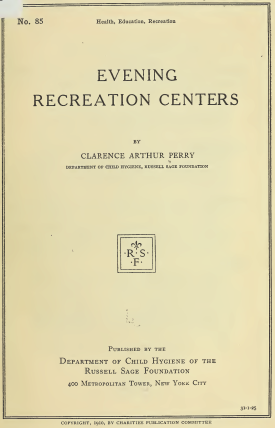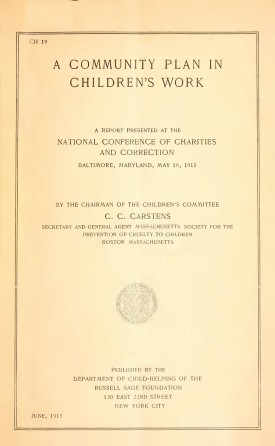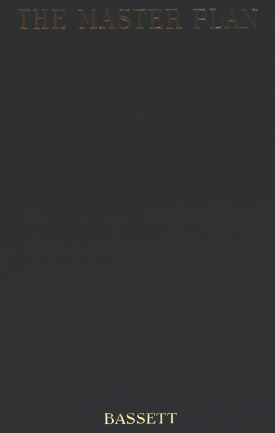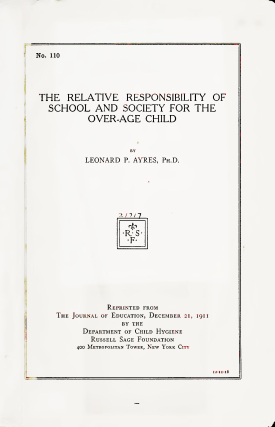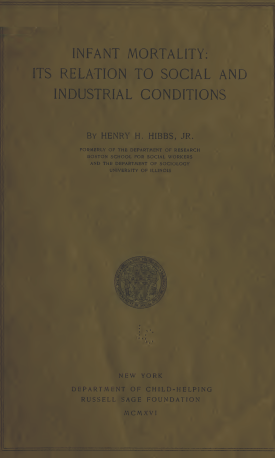
Infant Mortality
About This Book
This series of papers is the outcome of a house-to-house investigation of infant mortality in four wards of Boston made in 1910-11 and 1911-12 by the Research Department of the Boston School for Social Workers under a grant from the Russell Sage Foundation.
HENRY H. HIBBS, JR., Department of Research of the Boston School for Social Workers and the Department of Sociology of the University of Illinois

